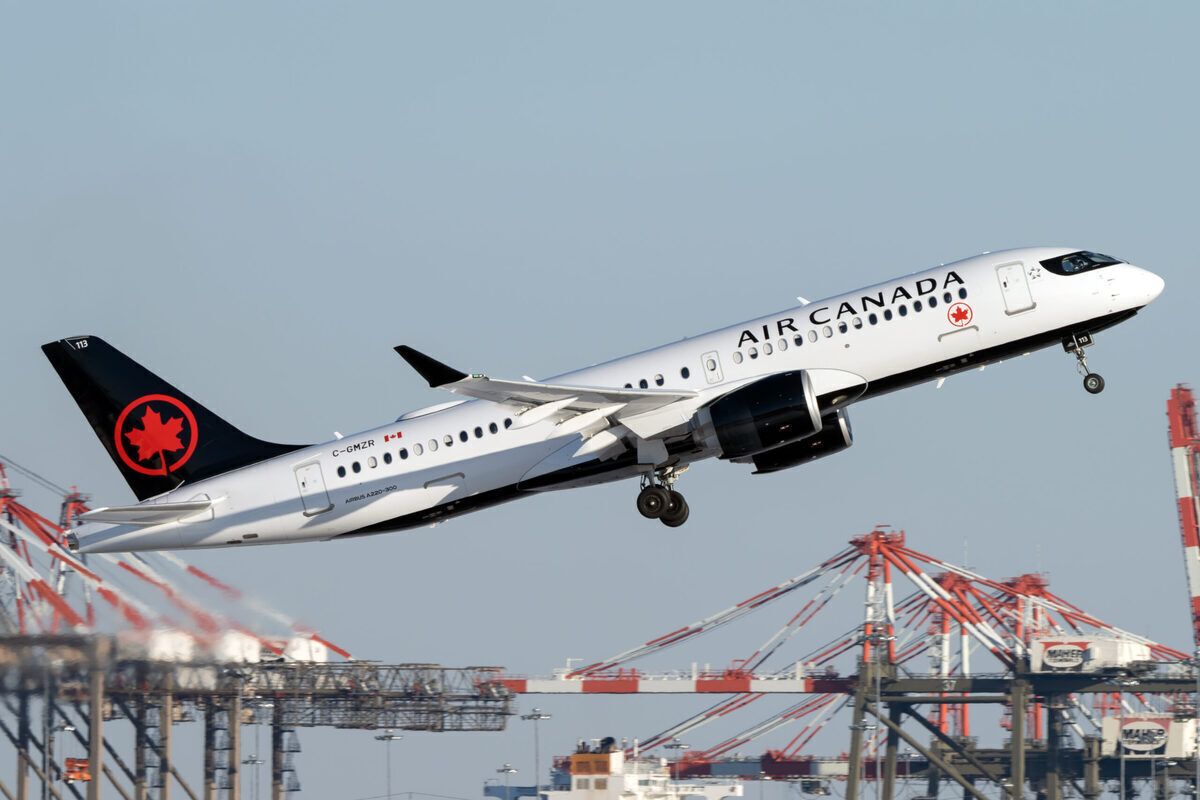An Air Canada A220-300 suffered an engine rollback on approach to LaGuardia Airport, forcing a diversion to Newark Airport for a safer landing. The aircraft was at 2,000 feet when it began to yaw unexpectedly, with the flight management system (FMS) indicating a problem with the right-hand engine.
The engine experienced a rollback to 30% N1 and did not respond to throttle movement. The crew decided to divert to nearby Newark Airport, with the aircraft touching down safely approximately 35 minutes after the incident.
Engine shutdown over LaGuardia Airport
On Monday 8th November, Air Canada Flight AC720 from Toronto to LaGuardia experienced an engine rollback as it was on approach to LaGuardia. Maintaining an altitude of around 2,000 feet, the Airbus A220-300 (registration: C-GNBE) began to yaw without prompting, with the crew receiving an FMS indication "One Engine."
The right-hand engine (PW1524G) had rolled back to 30% N1 and was unresponsive to any throttle movement. The crew went around and shut down the engine before declaring a Mayday. Thereafter, the pilots decided that landing at nearby Newark Airport (25km away), with its longer runway, would be the safer option.
Stay informed: Sign up for our daily and weekly aviation news digests.
The plane diverted to Newark Airport
The aircraft touched down safely at Newark Airport around 35 minutes after the engine rollback, landing on runway 04R at 19:37 EST. Overall, the incident meant the flight landed 52 minutes later than its scheduled arrival time.
LaGuardia Airport's two runways are both 7,000 feet long, while at Newark Airport the runways are 10,000 feet. This gives pilots a crucial amount of extra distance to land safely in the event of an emergency.
PW1500G issues in the past
The engine which suffered a rollback was a Pratt & Whitney 1500G (PW1524G). The engine has experienced issues with inflight shutdowns in the past, most notably in 2019 when three high-profile incidents led Transport Canada to issue an emergency airworthiness directive (EAD).
The first incident, on July 25th, 2019, involved a Swiss Air Lines A220-300, which suffered a low-pressure compressor disintegration. Less than two months later, a second Swiss A220 experienced a similar issue with its low-pressure compressor.
Then, a month later in October 2019, a third Swiss A220 suffered engine failure, forcing the airline to withdraw its fleet for inspection. The Federal Aviation Administration (FAA) also issued an Airworthiness Directive (AD) at the time, calling for engine checks on certain Pratt & Whitney engines.
The directive stated,
"This AD requires initial and repetitive inspections of the low-pressure compressor (LPC) inlet guide vane (IGV) and the LPC rotor 1 (R1) and, depending on the results of the inspections,possible replacement of the LPC. This AD was prompted by two recent in-flight shutdowns (IFSDs) that occurred as the result of failures of the LPC R1."
Have you ever experienced an inflight engine shutdown? Feel free to share your experience in the comments.




